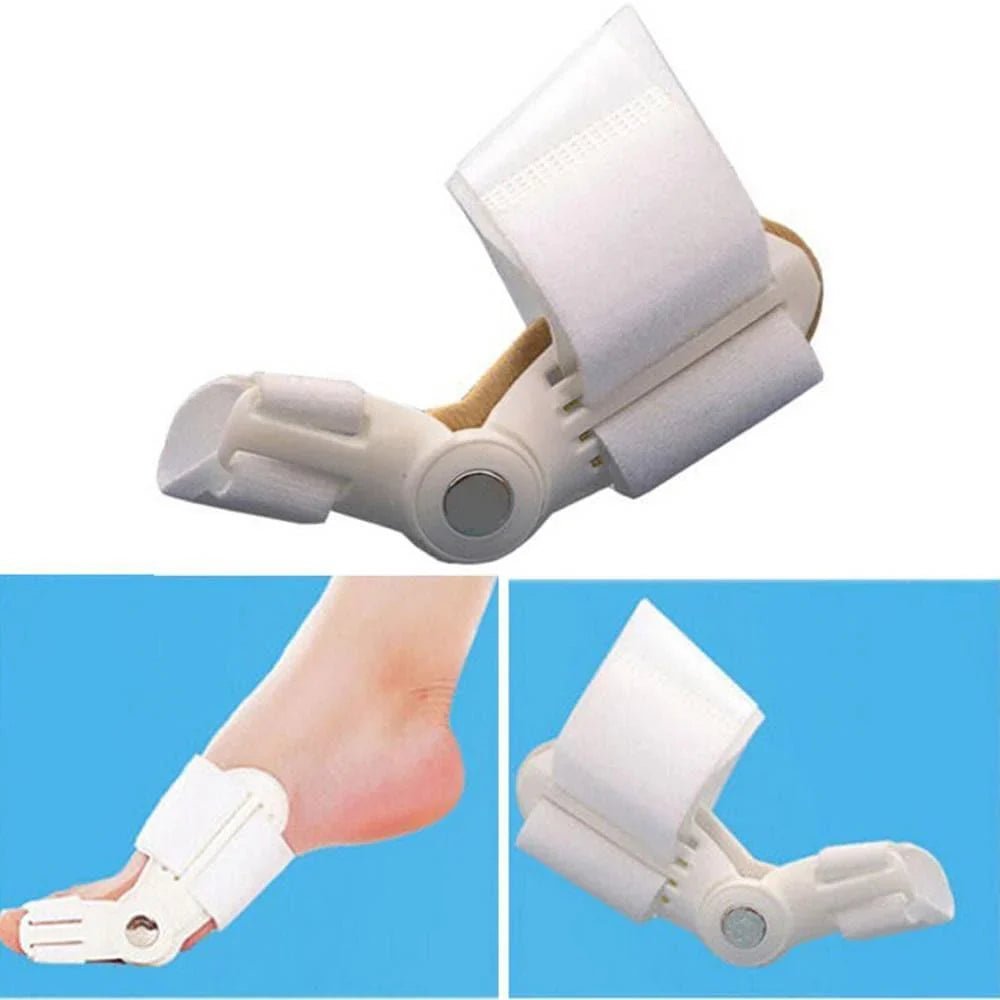If you’ve ever stared at your feet wondering, “Can crooked toes be straightened?”—you’re not alone. Bunions, hammertoes, and overlapping toes are incredibly common. And while surgery used to be the only solution, many are now turning to toe straightener correctors as a non-invasive fix. But the question remains: Do toe correctors actually work? Let's break it down, human to human.
Understanding Toe Problems
Toe deformities don't just mess with the look of your feet—they can cause pain, swelling, shoe discomfort, and even impact your posture. Common culprits include:
-
Bunions – that bony bump at the base of the big toe.
-
Hammertoes – when your toe bends at the middle joint.
-
Overlapping or crooked toes – often due to genetics, shoes, or injuries.
Can Crooked Toes Be Straightened?
Yes—but the how depends on the severity. Milder cases respond well to non-surgical options like toe straighteners or separators. Severe cases may require medical intervention. Think of it like this: a toe straightener is like braces for your feet—just slower and more gradual.
So, Do Toe Correctors Actually Work?
They can—if you use them correctly and consistently. Toe correctors work by gently realigning your toes over time, reducing pressure and promoting a more natural foot shape. The key here is persistence. You won’t see magic overnight, but many users report visible improvements in a few weeks to months.
How Long Does It Take for Toe Straighteners to Work?
Real talk: it depends. Factors like your age, how severe your toe misalignment is, and how often you wear the device all matter. On average, users report:
-
Mild misalignment: noticeable relief within 2-4 weeks.
-
Moderate cases: 1-3 months of daily wear.
-
Severe deformities: might not fully straighten but still see reduced pain.
Can Toe Separators Straighten Toes Permanently?
Permanent change isn’t guaranteed—but many find long-lasting relief. If you’re hoping to avoid surgery, toe separators can slow down or even halt the progression of deformities. But like braces, consistency and aftercare are essential.
Can You Realign Toes Without Surgery?
Absolutely. Many podiatrists start with non-surgical interventions before recommending surgery. Toe correctors, taping, exercises, and proper footwear can make a huge difference, especially if caught early.
Are Toe Straighteners Good for You?
When used properly, yes! They:
-
Reduce pressure on joints
-
Improve alignment
-
Help with balance and posture
-
Alleviate pain caused by bunions or hammertoes
Just be sure to choose a product made from skin-safe, breathable materials. And take a break if you experience discomfort.
Is It OK to Wear Toe Separators All Day?
For most people, yes—but it’s best to build up gradually. Start with 30–60 minutes a day and increase based on comfort. You can wear them while relaxing at home, working at a desk, or even sleeping (if the design allows). Just avoid wearing them during intense activity unless specifically designed for it.
Do Podiatrists Recommend Bunion Correctors?
Many do—as part of a broader treatment plan. Bunion correctors can’t "cure" bunions, but they can ease pain, slow progression, and prevent the need for surgery in some cases. Always consult with a professional if your pain is chronic or severe.
Do Bunion Correctors Work in the NHS?
In the UK, the NHS doesn’t prescribe bunion correctors as a cure, but they may recommend them for symptom relief. They’re often suggested alongside footwear changes, pain relief, and physiotherapy.
Conclusion
So, do toe correctors actually work? In many cases, yes—especially if you catch the issue early and use them consistently. They’re a safe, affordable, and non-invasive way to realign your toes and improve your foot health. Think of them as part of your self-care toolkit—one that lets you step forward with more confidence (and less pain).

